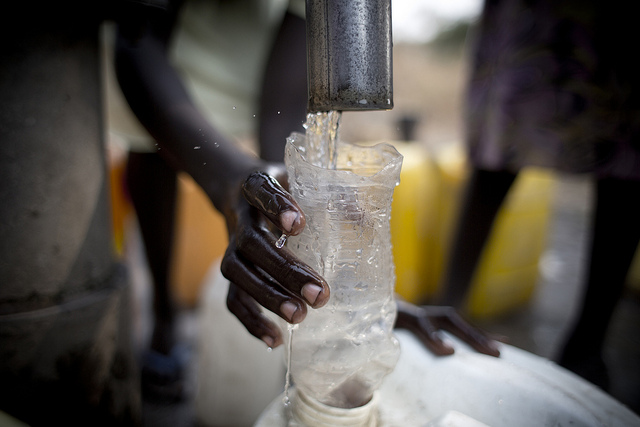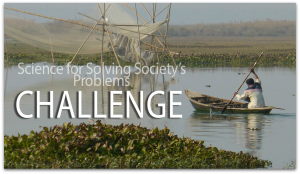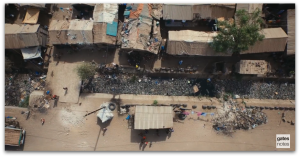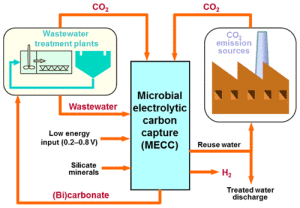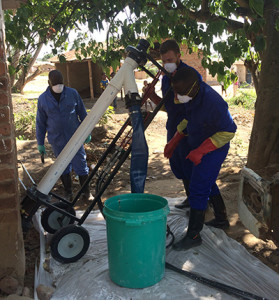Researchers from Washington University in St. Louis have found a way to make dirty water drinkable with a light, affordable biofoam.
The newly developed bi-layered biofoam is made up of a bottom layer of bacteria-produced cellulose, which acts as a sponge and soaks up the dirty water. It then pushes that water to the top layer, which is comprised of graphene oxide. The graphene oxide then works to evaporate the filth, resulting in an end product of clean water.
“We hope that for countries where there is ample sunlight, such as India, you’ll be able to take some dirty water, evaporate it using our material, and collect fresh water,” says Srikanth Singamaneni, co-author of the study. “The beauty is that the nanoscale cellulose fiber network produced by bacteria has excellent ability to move the water from the bulk to the evaporative surface while minimizing the heat coming down, and the entire thing is produced in one shot.”


